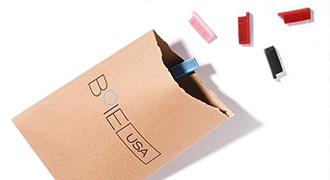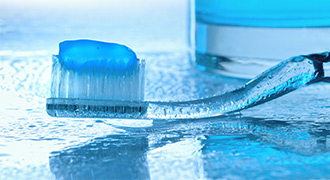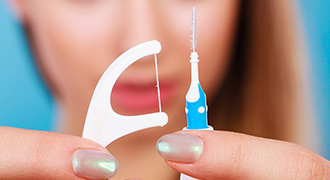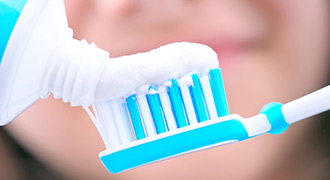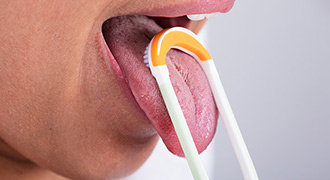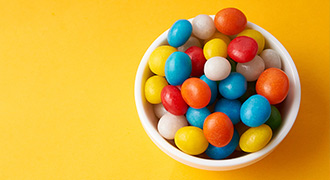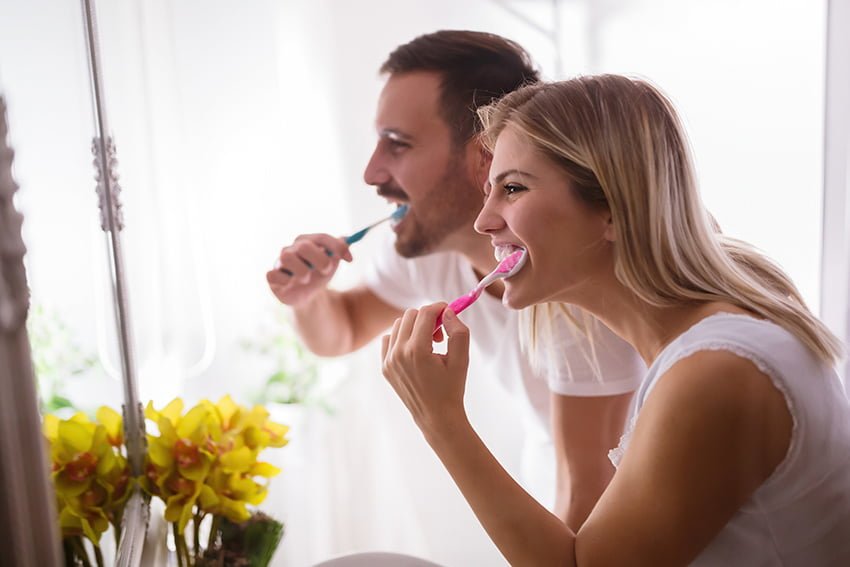
The Best Toothpaste for 2020
We get a lot of questions as to which is the best toothpaste.
While I certainly have favorites, many dental care, and oral health care products come down to preferences or individual needs. A dental care regimen that works for one person may not be right for another. And yes, even choosing the best toothpaste.
My goal as a prosthodontist is always to provide advice and insight that better improves your life. So today I’ll tackle a few questions we hear from patients such as “Which is the best toothpaste?”
The Best Toothpaste
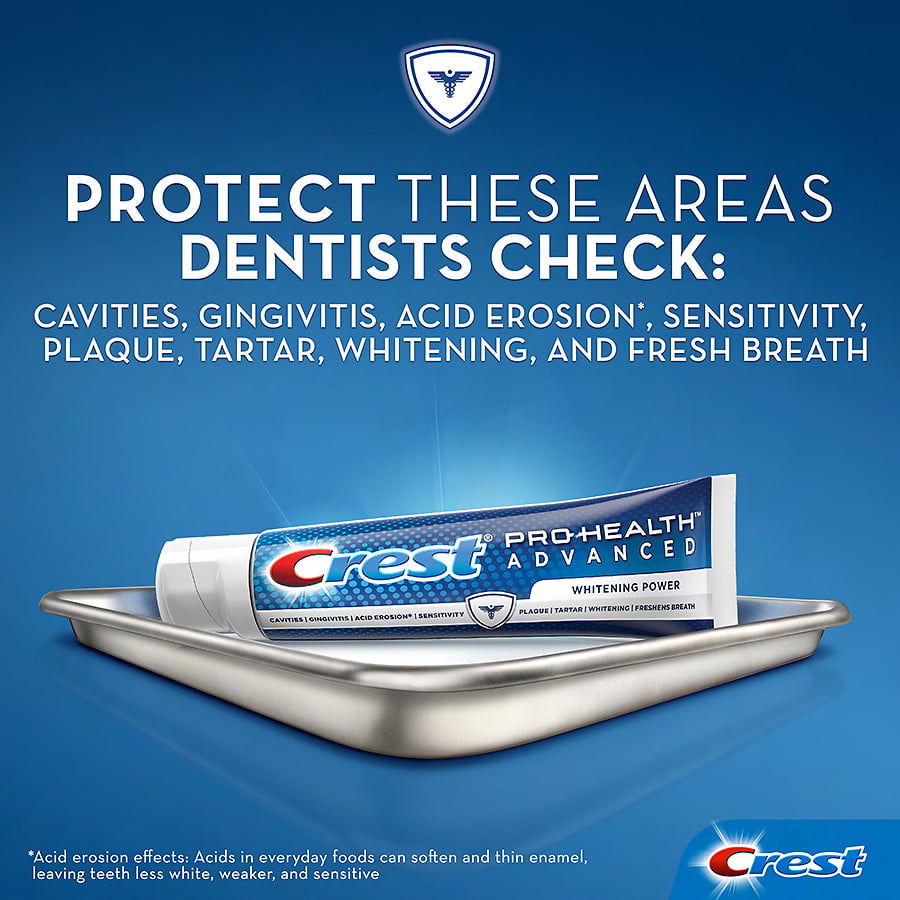
The Crest Pro-Health Advanced multi-purpose toothpaste is good for those with no specific dental issues. Clinically proven to prevent and reduce cavities, gingivitis, plaque, and bad breath, and sensitivity.
Learn MoreBest General Use Toothpaste
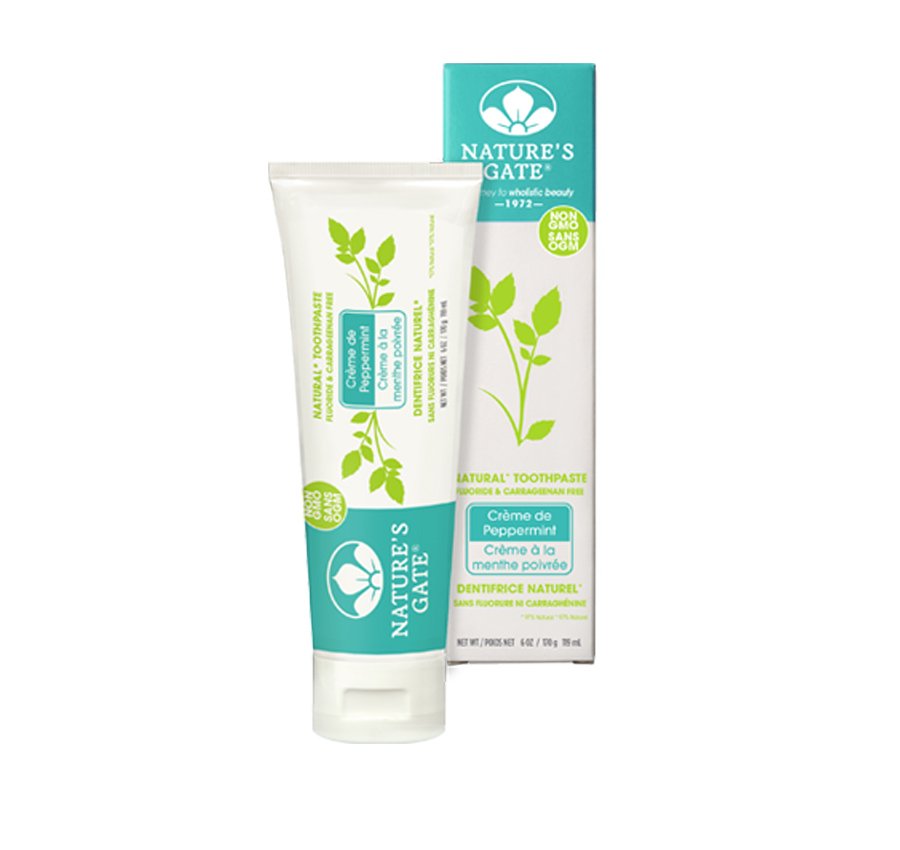
Nature’s Gate provides an all-natural toothpaste that has ingredients you can actually understand such as ginger, cranberry, aloe, white tea, grapeseed, and pomegranate. It has no artificial flavors or colors, and it has not been tested on any animals.
Learn MoreBest Natural Toothpaste
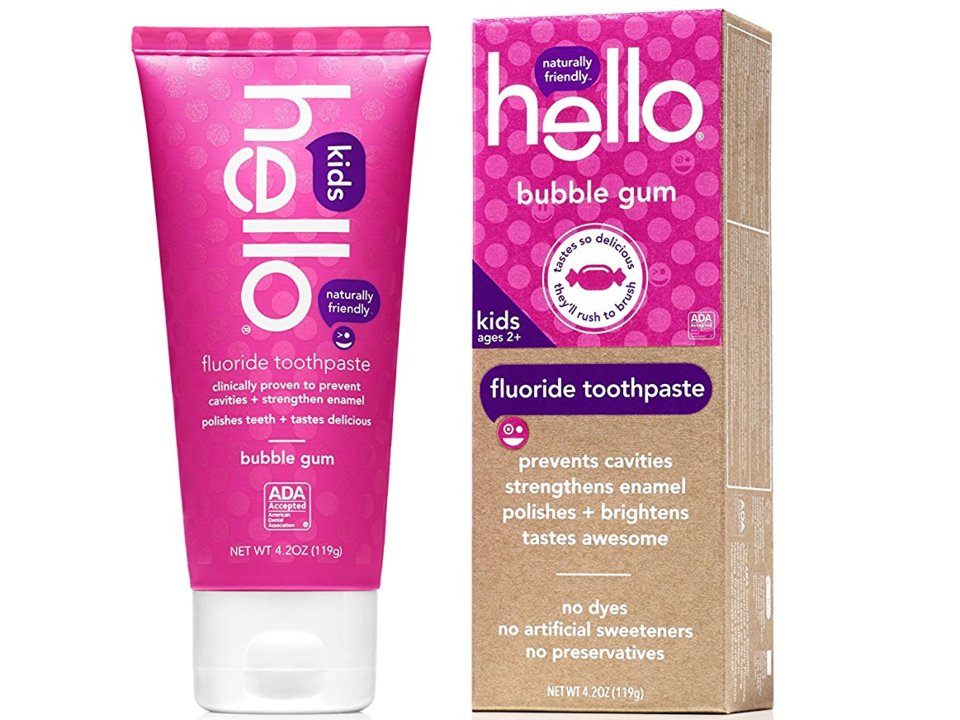
Hello Kid’s Bubblegum Toothpaste is clinically proven to prevent cavities and strengthen enamel while it polishes and brightens teeth. It has no artificial sweeteners, no artificial flavors, no dyes, no microbeads, no triclosan, no parabens, and no gluten. Also, there’s no testing on animals.
Learn MoreBest Toothpaste Kids Will Love
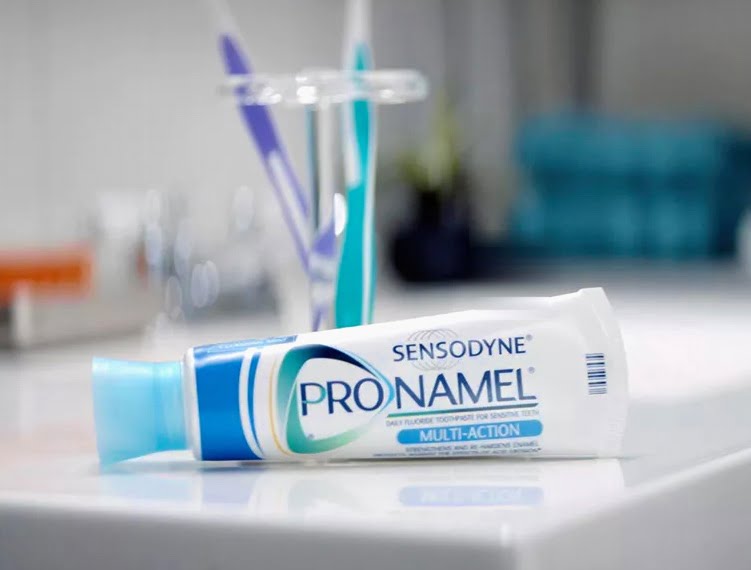
The Sensodyne Pronamel toothpaste is designed for those with sensitive teeth. It’s a great all-around toothpaste and works to fight cavities, protect against the effects of acid erosion, provide sensitivity relief, cleans teeth, and maintains healthy teeth and gums. It is the #1 Dentist Recommend Brand for Strengthening and Protecting Enamel.
Learn MoreBest Overall Toothpaste
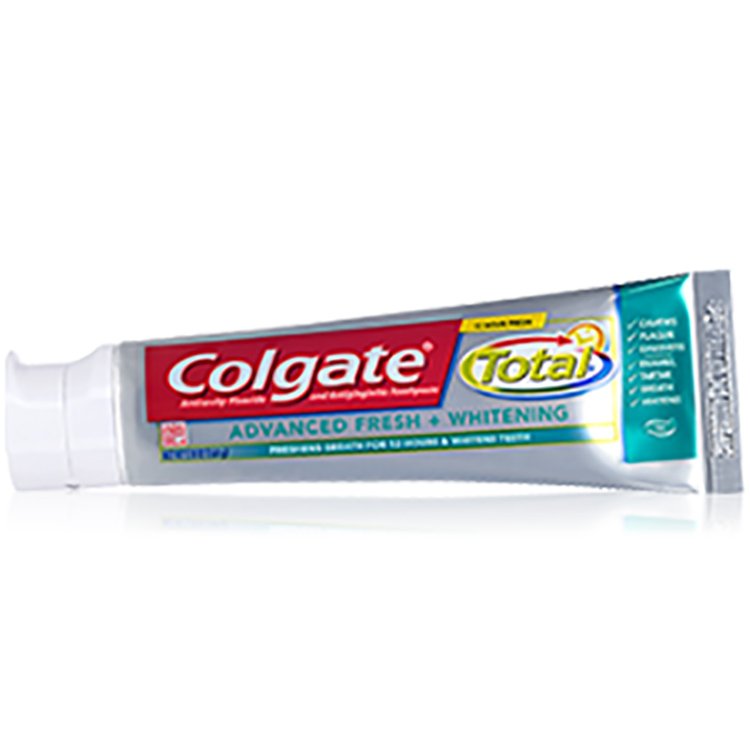
The Colgate Total Advanced Fresh toothpaste provides you with fresh breath while cleaning your teeth. Colgate claims that this toothpaste will keep your breath fresh for up to 12 hours. MommaJBeans, an Amazon reviewer provided a 5-star rating on this toothpaste and said, “Once I tried Colgate total I never bought any other brand. Really makes your mouth feel fresh all day.”
Learn MoreBest Toothpaste for Fresh Breath
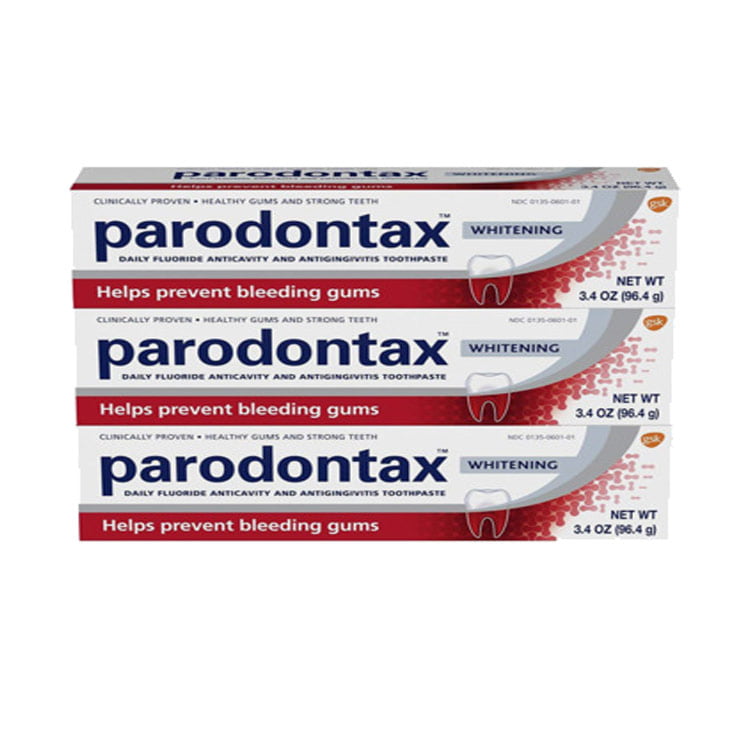
Parodontax Extra Fresh and Parodontax Whitening help prevent bleeding gums, a sign of gingivitis, by working to remove plaque bacteria. It leaves your mouth feeling clean and keeping your gums healthy.
Learn MoreBest Toothpaste for Gingivitis
There are many toothpaste products, some I’ve mentioned but many more that deserve a mention that we haven’t had time to test or try. However, the following tips are what I recommend in choosing the best toothpaste.
If you find a toothpaste that stands out and would be of value to our readers please let me know about it.
10 Tips for Choosing The Best Toothpaste
1. Read the toothpaste label correctly
As a skilled Prosthodontist and Doctor of Dental Surgery (DDS), I always advise our patients to read the fine print of the label on the back of a tube of toothpaste and not just the marketing on the front. It’s important that you have the right information.
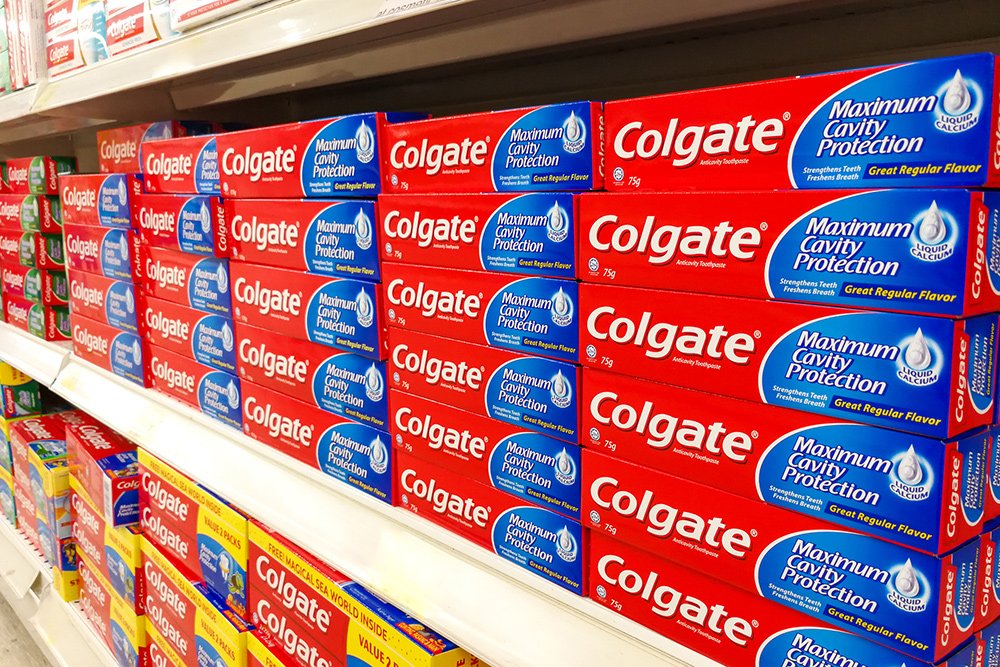
What Is Your Favorite Toothpaste?
2. Buy a trusted toothpaste brand
Well known toothpaste manufacturers, such as Johnson & Johnson or Procter & Gamble, must submit to FDA approval and other government and industry quality control and compliance measures. This often means they will be responsive to consumer pressures.
Meanwhile, online hawkers of “natural” toothpaste may not be held to essential health standards or take responsibility for any potential health damages to buyers. So in this case, buyer beware.
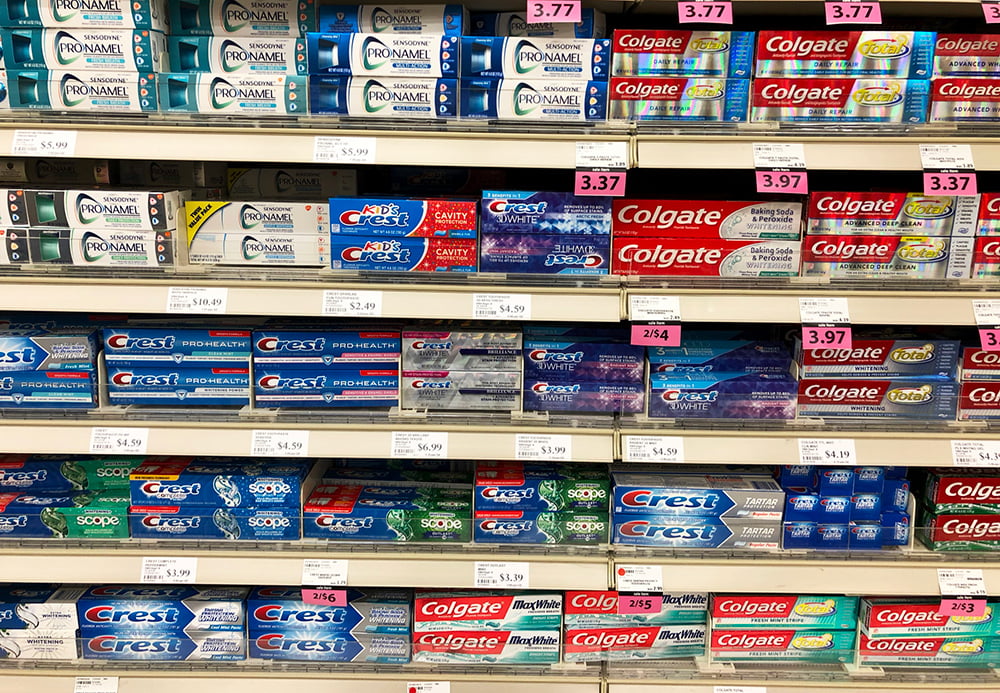
3. Whitening toothpaste is not for everyone
The whitening toothpaste on the grocery store shelves only provides a limited dental whitening, usually no more than one shade with persistent use.
In comparison, a professional whitening procedure done in a clinical setting with medical-grade ingredients can provide as from much as 8 to 10 shades whiter teeth. That’s a big difference. The vast majority of toothpaste formulated for teeth whitening rely entirely on polishing agents or abrasives to physically remove extrinsic stains and do nothing to eliminate or reduce natural yellowing and staining.
In fact, over abrasive whitening toothpaste may actually damage or degrade your enamel and won’t work at all for people with sensitive teeth. Unless you require only slight whitening and have realistic expectations of the kind of aesthetic improvement that can be achieved, I would avoid whitening toothpaste.
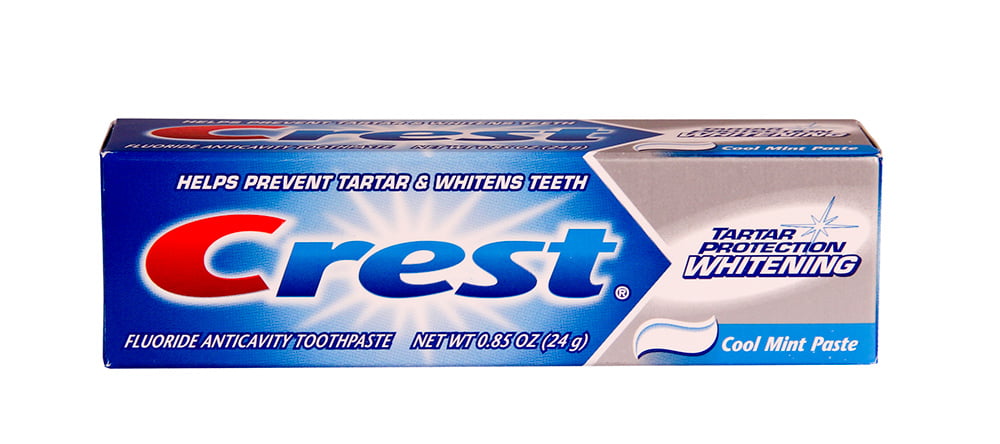
4. Choose a toothpaste with fluoride
Besides reading each product’s label carefully, opting for a fluoridated toothpaste is a must.
Fluoride has, until recently, been an essential ingredient in all toothpaste for several reasons. Fluoride plays a crucial role in promoting dental health by facilitating the remineralization of teeth.
Fluoridated water has long been recognized as an important public health measure responsible for preventing millions of cavities in both adults and children. Granted, there is evidence that excessive fluoride intake can lead to health problems such as fluorosis, however, at the levels found in most municipal water supplies and in toothpaste overexposure to fluoride isn’t even a remote concern.
Generally speaking, a child who swallows a pea-size amount of toothpaste is at no immediate danger of fluorosis. However, swallowing an entire tube may be a different story. The Council of Scientific Affairs (CSA) recommends a “smear” of toothpaste for children younger than 3 years old and a pea-size amount for children 3 to 6 years to prevent cavities.
5. Look for remineralizers
Fluoride isn’t the only ingredient that remineralizes teeth. Two other positive minerals to keep an eye out for are calcium and phosphate.
Specifically, you’ll want to look in the ingredient list for “calcium phosphate”. This mineral duo, along with fluoride provides the essential building blocks for healthy enamel. When calcium, phosphate, and fluoride are dissolved in your saliva, they form a potent healing brew.
Teeth that make contact with saliva rich in minerals will soak in those minerals to help build new enamel. That’s why adequate mineral intake and saliva production is important for healthy teeth and why patients with low mineral intake or dry mouth have a much higher likelihood of developing dental caries and tooth decay.
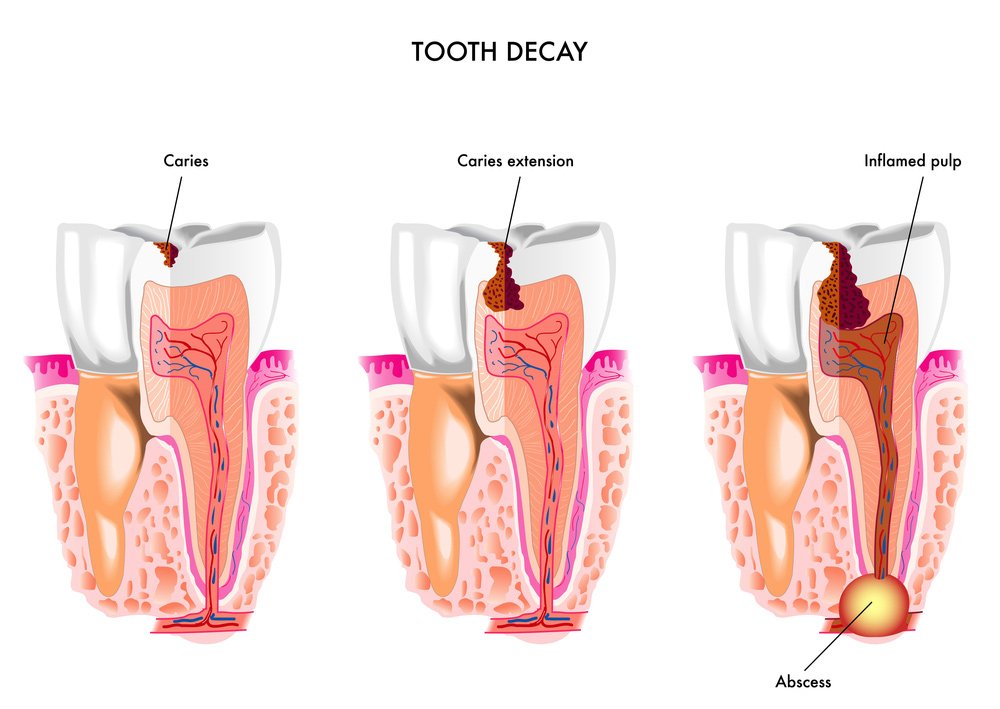
6. Avoid toothpaste with triclosan
While some common ingredients in toothpaste are a must and helpful for building strong teeth, others are decidedly less helpful. Some may even be harmful.
Triclosan, a common ingredient found in many kinds of toothpaste and is often included as an antimicrobial ingredient. Its inclusion in toothpaste is controversial, even amongst dentists and dental professionals. Needless to say, it’s mild upside of eliminating a few extra bacteria simply can’t be justified when juxtaposed with its many potentially harmful side effects.
One of the main arguments against triclosan in toothpaste is it’s documented deleterious effects on hormones in animals and potential effects on human hormone health. Generally speaking, a person’s hormones are nothing to mess with lightly.
Triclosan may also have damaging effects on a person’s oral ecology. According to researchers, not all bacteria in the mouth are bad bacteria. There are some bacteria that play a crucial role in actively promoting oral health.
Even more naturally occurring oral bacteria do no harm whatsoever. However, by taking up precious space in the mouth, they prevent destructive bacteria from establishing a foothold.
Triclosan, which is an antibacterial chemical, does not differentiate between good or bad bacteria. As a result, toothpaste that contains triclosan may actually end up eliminating mutually beneficial bacteria and clearing the way for bad bacteria to flourish.
My recommendation, play it safe with triclosan and avoid toothpaste that utilizes this chemical ingredient. Kristin Collins Jackson mentions 5 toothpaste brands without triclosan in her blog Bustle.
7. Research RDA Levels (Abrasiveness)
Many consumers are not aware of the concept of RDA (Relative Dentin Abrasion) levels.
In essence, RDA levels measure a products abrasiveness. It is measured on a scale from 0 to 250 where 0 is a product that is completely non-abrasive and 250 is a toothpaste that is harmfully abrasive for most people.
To put these numbers in context, it is helpful to remember that a 4 on the scale is plain water on a toothbrush. It is essentially abrasion-free. Meanwhile, rated between 151 to 250 is considered by the American Dental Association (ADA) to be regarded as the harmful limit.
Patients with thin enamel or sensitive teeth will want something less abrasive, perhaps between 4 and 70 on the RDA scale.
Meanwhile, those with thicker enamel or extrinsic staining may want a toothpaste with more abrading strength.
Ultimately, the right RDA level will vary from person to person. If you want to get a good idea of which RDA level of a product is right for you, ask your dentist or prosthodontist.

8. Choose toothpaste that is paraben-free
Recent studies suggest that parabens, a common antibacterial preservative found in nearly 85 percent of all personal care products, including toothpaste, may be linked to everything from dermatitis in children to breast cancer in women.
This is alarming to many people because the use of parabens is quite widespread. The most common of this group of potentially toxic substances include methylparaben, propylparaben, and butylparaben, according to the FDA. Parabens have been found in tumor tissues which leads some scientists to link paraben exposure to high risks of developing cancer.
Scientific literature and studies into the effects of paraben exposure are only just beginning. We still don’t know how much, if any, exposure to parabens is too much. For now, I would advise my patients to avoid products, especially toothpaste, that contain these potentially toxic preservatives.

9. Choose NO artificial colors
While rainbow-colored toothpaste may be great fun, particularly for the children, they don’t contain natural ingredients.
If your goal is to clean or even whiten your teeth, brushing your teeth with artificial food dyes don’t really make much sense.
Of the many varieties of food dyes that have been invented over the past century or so, only eight (8) food dyes have been deemed safe to ingest:
Blue #1Blue #2
Citrus Red #2
Green #3
Red #3
Red #40
Yellow #5
Yellow #6
If you’re wondering what happened to the thousands of other synthetic food dyes that have been invented, it’s safe to say that they simply weren’t deemed safe for human consumption.
Even the FDA-approved food dyes listed above have come under fire.
Red #40 and Yellow #5, for instance, have been inconclusively linked to Attention Deficit Hyperactivity Disorder (ADHD) and cancer.
Blue #1 is shown to cause kidney tumors in mice.
Blue #2 is linked to brain gliomas in male rats. The list goes on and on. To make matters worse, petroleum-based dyes can accumulate in the body over time compounding their negative effects over time.
For patients looking for cleaner, whiter teeth, it makes no sense to use toothpaste that contain these artificial dyes.
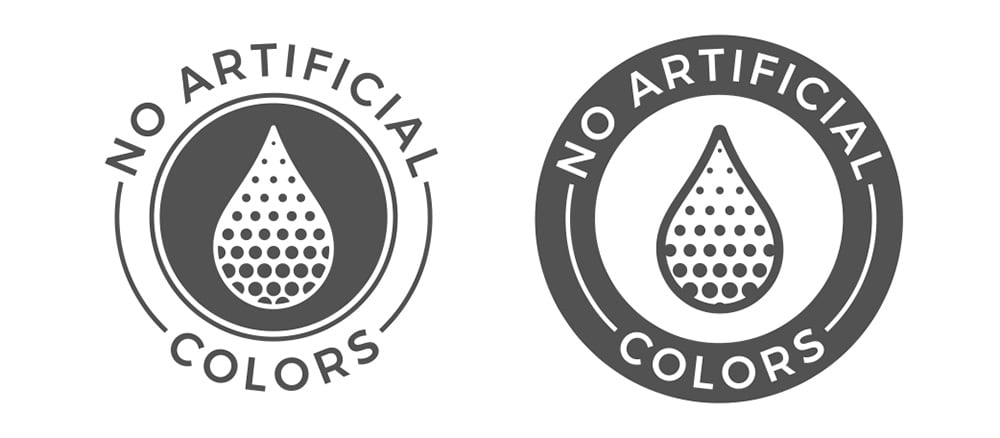
10. Look for the “ADA Accepted” symbol
The ADA, or American Dental Association, is one of the leading industry group for dentists. I am a member of this organization which exemplary work in advising government bodies and the general public on oral and dental health concerns.
One great way to choose toothpaste is to look for ADA accepted.
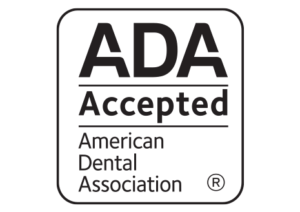
Often, ADA accepted is advertised upfront on the packaging in the form of an ADA Seal of Acceptance. For more than 125 years, the ADA has promoted the safety and efficacy of dental products by providing the public with a list of approved dental products.
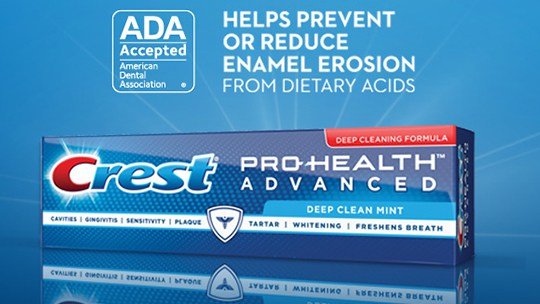
One of the very first ADA-accepted tubes of toothpaste was a simple formula for a tooth powder made from chalk, soap and various herbs. Of course, this was long before the advances of the modern era which added abrasives, surfactants, and fluoride along with a host of other ingredients.
Here is a list of ADA-accepted products.
Remember, the ADA Seal does not necessarily mean that a particular product is right for you. It merely says that it has met a minimum standard of effectiveness and safety in regards to its stated claims. While it is only a minimum guarantee, it does establish a good baseline from which to evaluate dental products. When in doubt, look for the ADA Seal of Approval!
The Best Manual & Electronic Toothbrush
 LEARN MORE
LEARN MORE
 Written by Dr. Reza Khazaie
Written by Dr. Reza Khazaie
